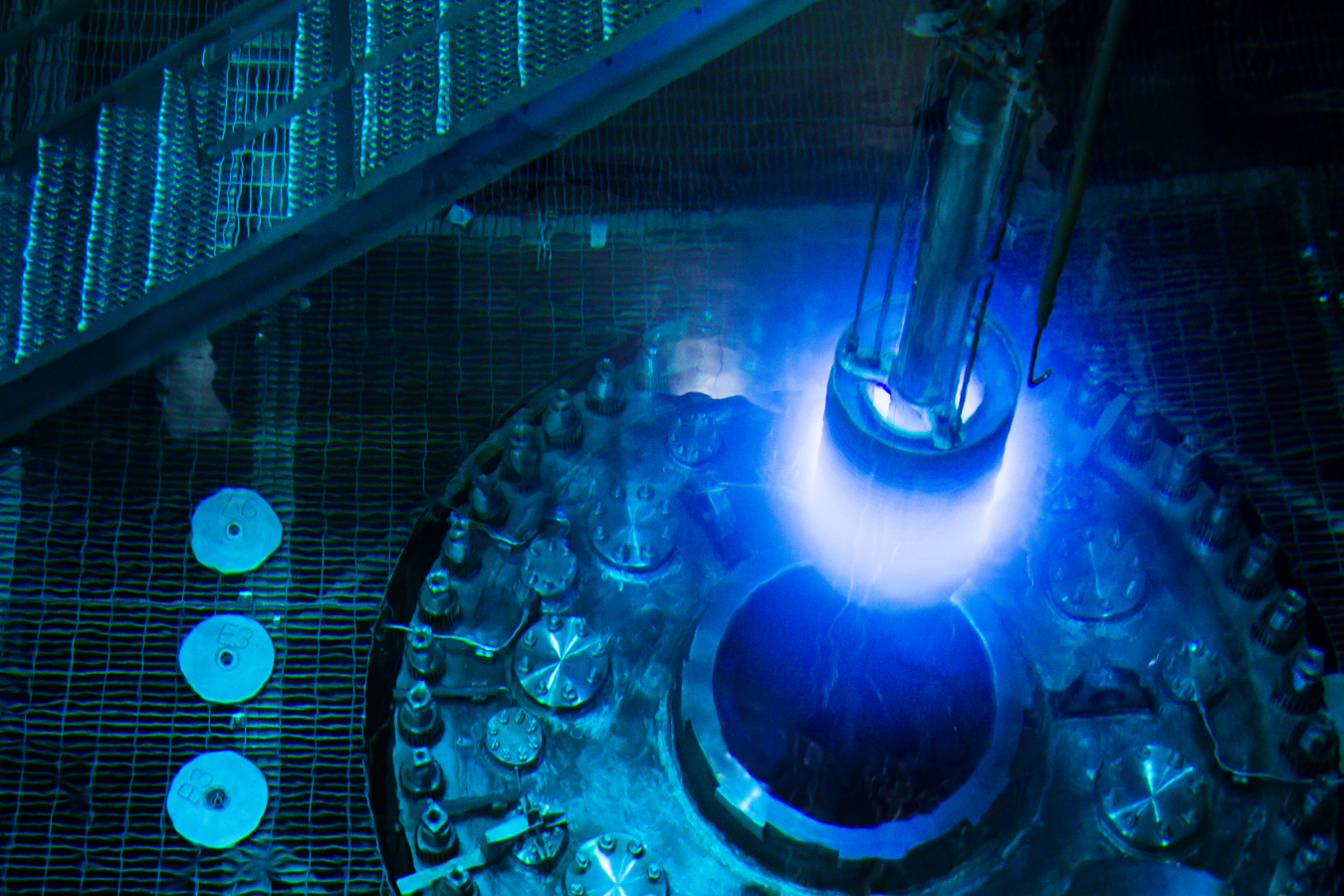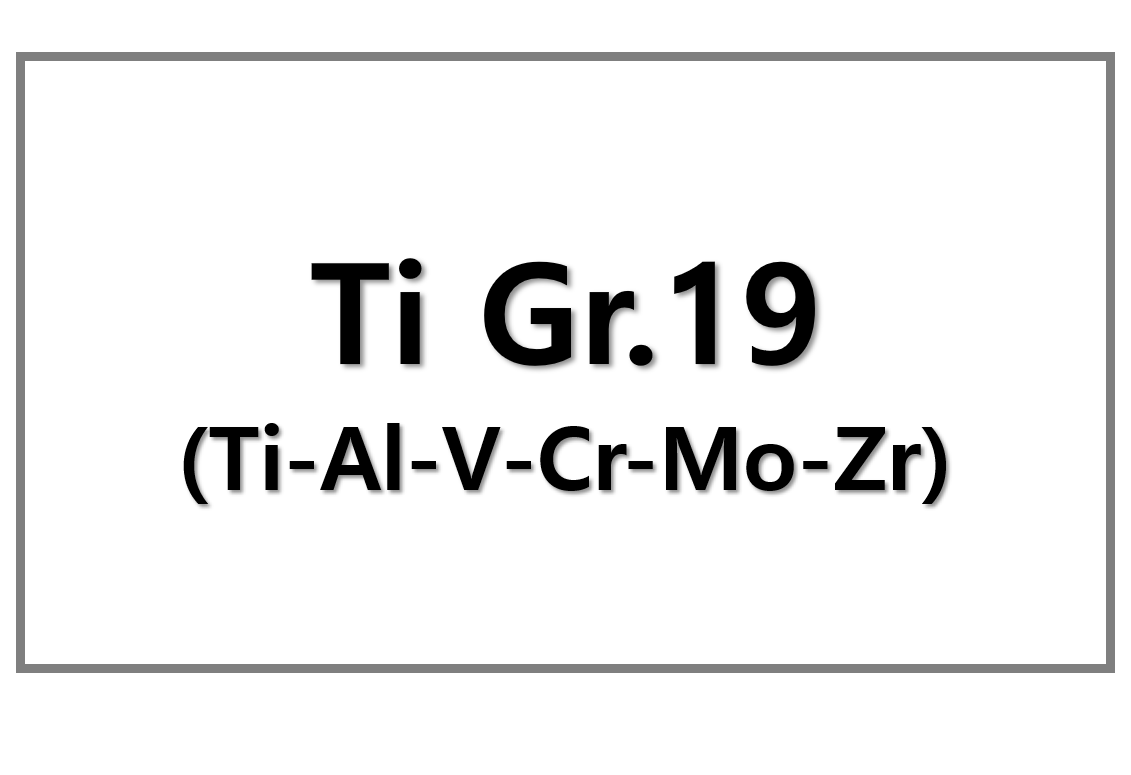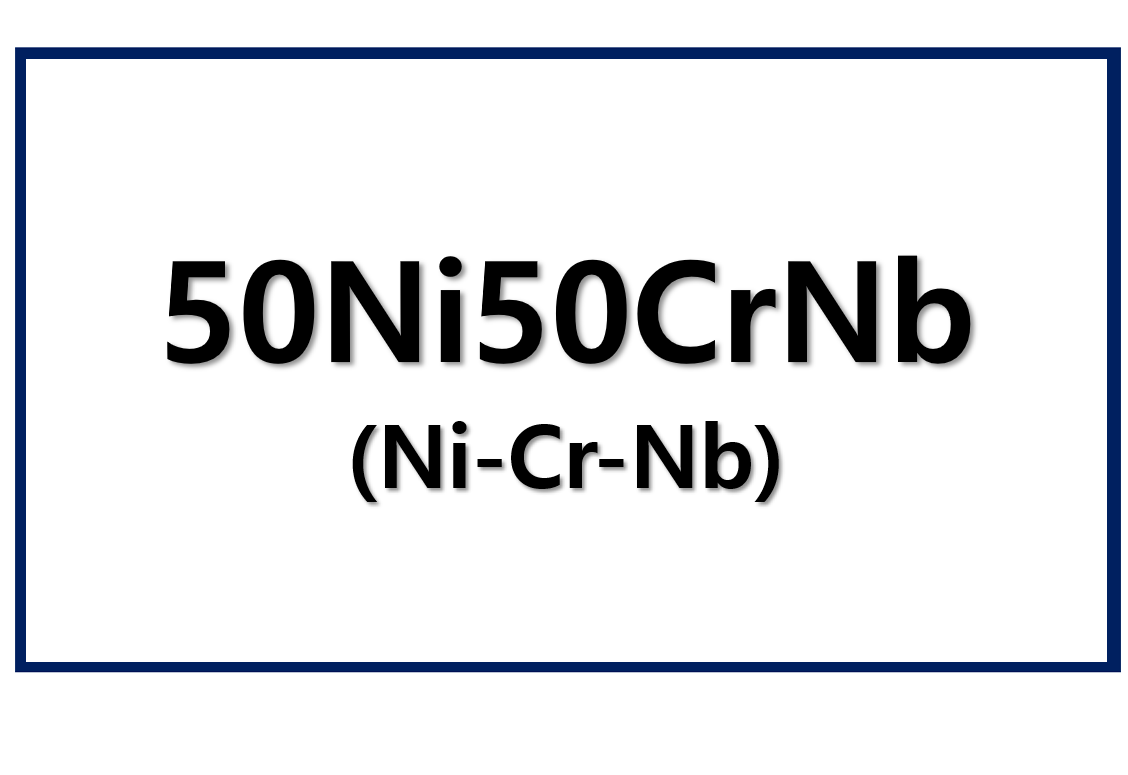
Offshore LNG Project Reaches Key Milestone
BP has officially started exporting liquefied natural gas (LNG) from the Greater Tortue Ahmeyim (GTA) Phase 1 project. This floating LNG development lies on the maritime border between Mauritania and Senegal, roughly 120 kilometers offshore in water depths of up to 2,850 meters.
The first cargo departed from the project’s floating LNG (FLNG) facility located 10 kilometers off the coast. This vessel handles cryogenic cooling, liquefaction, and gas storage before the product is loaded for export. The successful shipment marks BP’s third major upstream project startup in 2023 and opens a new LNG supply route from West Africa to global markets.
Strategic Role in Energy Transition and Local Growth
The GTA Phase 1 project forms a core part of BP’s global strategy to expand its LNG portfolio, with ten major developments targeted by 2027. The facility is expected to produce up to 2.4 million tonnes of LNG annually. It also includes provisions to support domestic energy needs in Mauritania and Senegal when infrastructure allows.
BP’s Executive Vice President of Production and Operations, Gordon Birrell, highlighted the project’s importance. “This first LNG cargo from Mauritania and Senegal represents a significant new supply source,” he said. “It also strengthens BP’s presence in the global LNG landscape.”
BP began its involvement in the region in 2017. Since then, the company has supported over 3,000 local construction jobs and worked with more than 300 local businesses. The GTA initiative uses a floating production, storage, and offloading (FPSO) vessel located 40 kilometers offshore. This unit processes raw gas before transferring it to the FLNG facility for liquefaction and export.
The project is led by BP, holding a 56% interest. Its partners include Kosmos Energy (27%), PETROSEN (10%), and SMH (7%). Together, they aim to supply cleaner energy, boost local economic participation, and improve energy security in West Africa.
Follow SuperMetalPrice for insights on how LNG infrastructure drives demand for high-performance alloys and structural metals used in marine and cryogenic applications.











Leave a Reply
You must be logged in to post a comment.